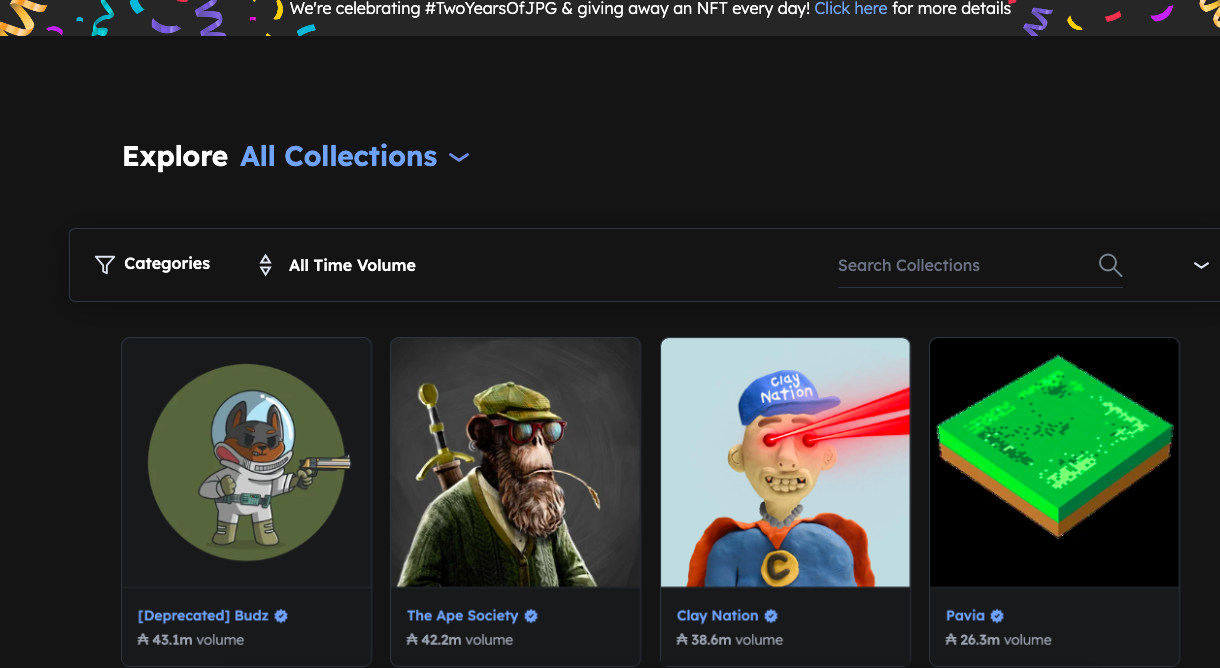Block explorer - What does it mean in crypto?
A block explorer allows a user to search for information on a particular network
Definition of a block explorer
An application like ‘block explorer’ or ‘blockchain explorer’ essentially allows users of a specific blockchain to search for information about transactions, blocks, metadata, validators, pools, history of transactions, wallet addresses, hash rate, hard forks, wallet balances, assets, and fees. It’s like a window into the world of blockchains allowing users a broader view into all that happens on chain going into the finest of mechanical details explaining what it is that makes a specific blockchain tick. All of the pieces of information are publicly accessible online to any user connected to the internet.
To elaborate further ‘block explorers’ are essentially search engines for specific blockchains. Bitcoin, Solana, Ethereum, and Cardano each have their own explorers.
Why block explorers are important for a user?
Users can benefit by knowing that a specific transaction was completed or if a transaction is pending by checking the network confirmations. This can be checked by entering a transaction ID in the search bar of a block explorer. Also one can actually verify themselves the current state of the quo of a specific network. For example, if you learn about the Cardano network’s total ADA in circulation and market cap, you can of course get that on Coinmarketcap, however, if you are looking for data with laser precision there is Cardanoscan that is Cardano’s native explorer.
Moreover, on Cardano’s explorer, you can see the real time status of its epoch (defined as unit of time whereas one epoch on Cardano takes five days to complete), transaction per second (TPS), the number of stake pools (aka validators), the amount of ADA that is actively staked by its holders among other information.
Market analysts use the data available on explorers to interpret things such as the level of decentralization based on defined KPI’s e.g. the amount of ADA in circulation held by X number of wallets. One KPI therefore could be used to compare crypto whales or large investors that hold a percentage of a given crypto, and their buying and selling behavior to measure the level of decentralization, listing measured Nakamoto coefficient values of Cardano, Solana, Bitcoin and counterparts, and understand market sentiment.
List of some explorers on popular blockchains
Cardano - cardanoscan.io, cexplorer.io and pool.pm
Solana - solana.fm, and solscan.io
Ethereum - etherscan.io
Bitcoin - blockchain.com
Polygon - polygonscan.com
BNB Chain - bcscan.com and BNB Beacon
Universal and chain agnostic - blockchair.com
Benefits for you as a user when you use block explorer
There are several benefits why block explorers are useful. Below are some benefits:
You can see the movements of spending by tracking wallet addresses. This is helpful when a user wants to instigate the transparency of a project’s tokenomics claims during ICO and authenticate related details.
You can check if a wallet address is even valid on a specific blockchain before you transfer any amount to someone.
You can check the balances of your wallet addresses.
You can see the evidence that a specific transaction failed to happen or passed successfully. For example, Cardanoscan tracks ADA spent and ADA received.
You can interpret why a specific transaction didn’t go through.
Developers who are creating new toolings and products can test and check if the use of a token or coin deployment is working as intended. They can also be useful for those starting out as node operators in knowing their own data such as number of blocks are reflected the same way on explorers.
Node operators can also also use the data for research, monitoring, troubleshooting, and optimization by proposing improvement proposals to Engineers in charge of upgrading the technical capability of their blockchain.
Example tutorial of how to use a block explorer - a step-by-step guide
In this example you can check how an NFT was transferred or traded on a Cardano Marketplace
Step 1: Go to the Cardano NFT marketplace jpg.store
Step 2: Choose an NFT project of your choice. In this example we will choose a specific Clay Nation NFT.
Step 3: Scroll down and click on Cardano Scan outgoing link
Step 4: On Cardanoscan explorer, in the “summary” section you can notice that the wallet address associated with the owner of the NFT spent the fee in ADA to enable transaction and eventual listing of that NFT for secondary sale on the marketplace.
Step 5: You can also note all granular details associated with that NFT transaction such as timestamp and how blocks are created due to on chain actively of just a simple NFT like that.
Thanks for reading this article and we hope you enjoyed reading our perspective on the usability and practically of blockchain explorers. Until next time!








